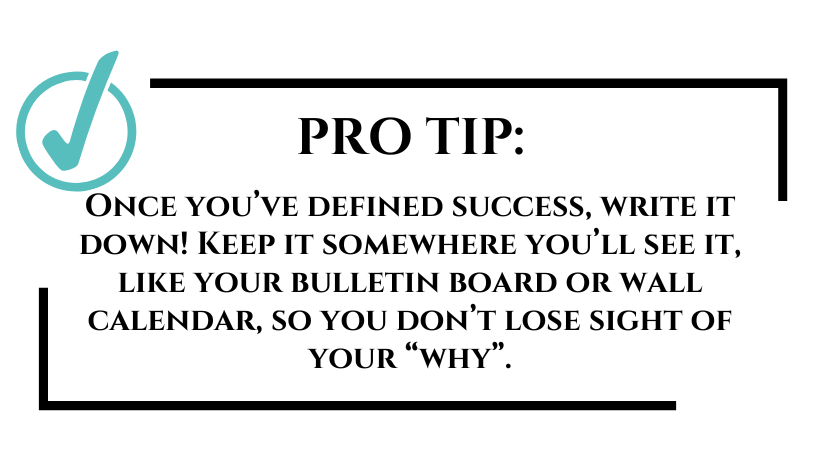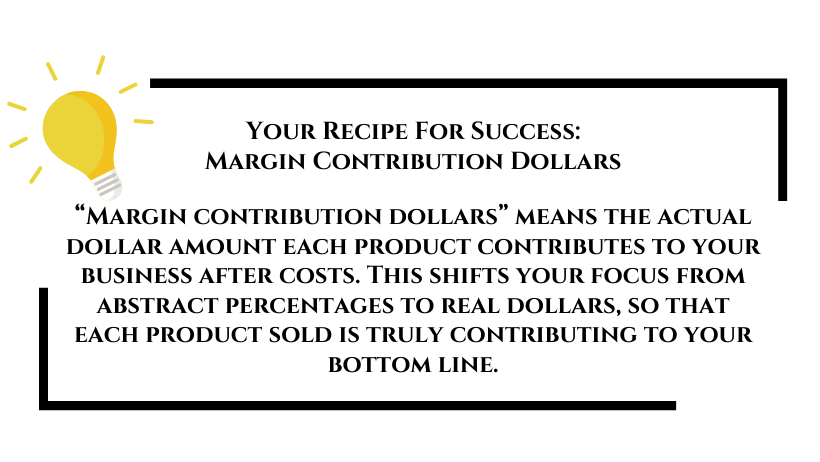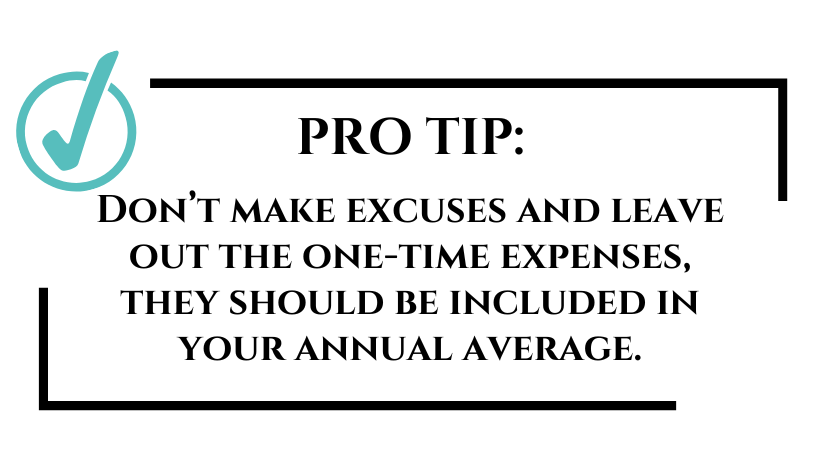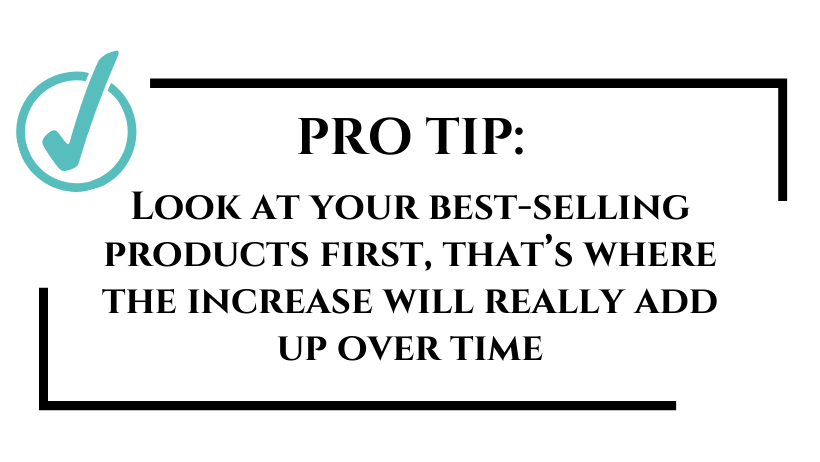
That Time I Did Something Desperate. Episode 207
No time to listen now? We'll send it to your inbox.
No time to listen now? We'll send it to your inbox.
or scroll down to get the highlights

That Time I Did Something Desperate
The road to ecommerce success is lonely. I know there are probably days when you feel like you’re never going to reach your goals, and you don’t have anyone nearby who understands what you’re going through, or who can give you words of advice or encouragement.
That’s why today I wanted to share a story that might just change your day.
Listen to the podcast HERE or keep scrolling for the good, the bad, and the ugly that I know you’ll relate to.
The Desperate Act That Turned Everything Around
Back in 2014 I purchased a toddler shoe company called Wee Squeak. And at the time the business relied heavily on attending trade shows, taking wholesale pre-orders, and shipping huge containers full of product to the US. It was incredibly expensive, and after a while I decided I wanted to let go of the wholesale side of the business.
It was a hard decision to make, but I just didn’t see a way to move the business forward the way we were going. Only problem was, all that was left was our website and it was far from generating the revenue we needed to stay afloat.
To cut expenses we moved out of our 15,000 sq ft. warehouse and transitioned to working with a 3PL (third party fulfillment) which significantly reduced our overhead, but I still had a LOT of shoes to move and bills to pay.
At the time I hadn’t the faintest idea how to run Facebook Ads, but I did know that I needed to figure it out FAST if I was going to sell these shoes. I felt pretty confident that if I could just build an email list, I’d be ok. But how to get people to my website? Facebook seemed like the answer.
So I signed up for three different Facebook Ads courses. Not all at once; I did them one at a time, diligently following all the steps.
Not. A. Single. One. Worked.
Huge failure. I was so frustrated, I even named one of my test campaigns “Please Work” like a child, because I was desperate. (It didn’t work.)
I kept going only because I had no other options. And eventually, methodically testing and iterating and following what seemed to be working, I figured it out. Low and behold, our sad little list of 3k grew to 18,000 in a year. It was rough, but I finally gained the confidence that I could make this happen. And I could even teach others how to make it work, too.
And that’s how Reliable Revenue was born.
I’m sharing this because I want you to understand that you’re going to learn the most valuable lessons by actually doing things. When you start, it might not go well—even the 20th attempt might be tough. But persistence and paying attention will eventually lead to success. I’m telling you this from my experience transitioning from a brick-and-mortar wholesale business to an online-only store, despite not being tech-savvy. It’s about having grit and doing much more than you initially think is necessary. This journey is normal, and you can succeed just like I did.
Remember, you ARE intelligent and capable of solving problems.
My own learning curve took three years, but that’s exactly why I’m here. To help you fast-track your process and get there quicker than I did. Even if you haven’t joined our Reliable Revenue program, you can still make significant progress
This year’s Reliable Revenue course just kicked off and I know a lot of you just weren’t able to make it work. If that’s you, I’ve outlined four steps for you to follow over the next year, and I’m confident that if you commit to these actions, you’ll see a remarkable transformation in your business.
1. Commit to emailing your list at least once a week for a whole year.
Get over yourself. Just do it. It won’t be perfect. It might be ugly, but just email your list weekly and include a “Call To Action” (CTA) that brings people back to your site. It can be a button, or hyperlinked text, or both…just give them ONE thing to do, and that’s click through to your site. Whether it’s a product page, blog post, or collection. You don’t have to narrate the entire story in the email; give them a reason to click through. If people choose to unsubscribe, that’s okay. The key is consistency. By maintaining this routine for 52 weeks, you’ll gain valuable insights into what resonates with your audience.
2. Commit to partnering with an e-commerce peer for a monthly collaboration.
You don’t need a big agenda, just celebrate each other as small business owners. Send your subscribers to their site, and they’ll send their subscribers to yours. Invite your readers to sign up for their pop-up.
Listen to this episode of the podcast to get some inspiration:
https://thesocialsalesgirls.com/a-year-of-results-that-will-shock-you-episode-120/
Then track your results. Web visitors, emails collected. Repeat this monthly to build momentum and broaden your network.
3. Make Data Your Bestie
For Inner Circle members (non-members can find helpful information in our podcast episodes, which I’ll link at the bottom of this post), focus on building your sales funnel, tracking audience size, website visitors, conversion rates, and sales. This tracking is truly 50% of your way to success. You’ve got classroom resources and monthly calls to assist with this.
4. Gift yourself one call with the same coach every single month
Share your goals and your sales funnel every month, and ask that Coach for ONE strategy to grow – whether it’s grow your sales, grow audience, or grow traffic, each and every month. Working consistently with the same coach will allow you to make faster progress because they will get to know your business, and you’re not constantly having to bring them up to speed.
If a call is not in your budget, go into “Get Sales Now” in your classroom and choose a monthly sales event, aiming for 12 events by year-end.
And if you’re not in the Inner Circle, I want you to run some sort of promotion in your emails and on social media that actually asks people for a sale once a month. And what I know is if you do these four things for 52 weeks, I know that your business is going to be in a different place next year.
Do these 4 things for an entire year, and I PROMISE you will be ready for Reliable Revenue next year.
You’ll feel so much more confident, and you’re going to have a whole year of results under your belt.
I’m encouraging you to focus on what’s essential and commit to these steps, as they will significantly benefit you and bring peace of mind. Don’t go chasing after shiny objects – buckle down and do the work.
And that’s all for now. I hope you found this information useful. I’d appreciate any feedback on social media and would love to know if you’re planning to implement these steps!
RELATED LINKS:
A Year Of Collaborations
https://thesocialsalesgirls.com/a-year-of-results-that-will-shock-you-episode-120/
The Powerful Work That Will Get You To Your Goals
https://thesocialsalesgirls.com/the-powerful-work-that-will-get-you-to-your-goals-episode-159/












